When you are in the market for a new bike, ask yourself is it worth spending nearly $4000 on a brand-new road bike? It doesn’t make sense when all you want to use the bike for is your daily commute. Don’t you agree? Getting from point A to point B every day shouldn’t take that much out of your wallet. Right? So what is the solution?
Hear me out: Instead of going for a new bike, why not go for a used one instead? You will be able to save a lot of money and wind up buying a bike that is a far better brand than the one you were going to get brand new. Of course, buying a used bike isn’t that easy.
Never rush into these types of choices. Here are some useful tips to make sure that you aren’t being cheated out of your money.
Buying A Used Road Bike- What To Look For
The inspection is the most important part when it comes to the actual transaction. Before any money changes hands, inspect the bike thoroughly and closely. You don’t want to find out that you have a cracked frame AFTER you take the bike home.
The chances are that you will not have taken any magnetic scanning equipment with you. However, a visual inspection is more than enough for you to ensure that you aren’t being cheated. Pay extra attention to these areas when inspecting the bike:
1. Make Sure The Adjustable Seat Post Works
Make sure that the adjustable seat post works. You can do this by lifting the bike and then letting go. This doesn’t mean you lift it 10 feet off the ground with a crane. A few inches should be enough. Listen closely when it drops. If you hear rattling, that’s a point for suspicion.
In addition to this, use a torch to check the area around the clamp that holds the seat post in place. This is a particularly high-stress area, so there shouldn’t be any holes in the material. This applies especially if the bike is a carbon frame. While you’re at it, check out how easily the saddle twists in the post, to make sure it hasn’t died on the inside.
2. Carefully Examine The Frame
When checking the frame, use a torch to inspect every inch of it carefully for even the smallest crack. Run your fingers along the length to make sure there isn’t the tiniest defect in the frame. A small crack could lead to a big fall if you go over a pothole at the wrong speed.
The mounting plate for the front derailleur should not have any powdery deposits on it: these are a sign of corrosion and we all know what that means. Try taking a pen or a finger and sliding it over the surface. Grittiness to the touch and a residue on your finger are a big no-no.
3. Steering Assembly
When buying a certain model of bike, check out the technical specifications of the bike brand new. You can do this at the manufacturers’ websites. Compare the specs of the original to those of the bike you are looking at.
If you see any differences, such as a noticeably different fork that can only have been replaced, ask your seller why it was replaced. Any replaced parts on the bike deserve the same question. If the answer is that the bike was in an accident, don’t buy it. You don’t know what other damages were incurred in the accident!
4. Carefully Check The Frame Attachments
Check the attachments on the frame. Everything applies, from cable guides to the rivets. If you see any that are badly rusted, ask for permission and then scrape at the corrosion. If it is just surface rust you can easily get rid of it when tuning the bike.
Then, inspect the area between the chain stay and the smaller ring. You should see a plastic/metal plate. If this is absent, inspect that area very closely. If you see any scratches, it should mean that the plate has been manually removed. This should ring a warning bell in your head.
5. Make Sure That The Wheels Are True
Make sure that the wheels are true, and that the tires are in good condition. When checking the wheels, look for evidence of rust around the spoke holes. Check the rims. If the brake shoes have been worn out, they may have cut grooves into the rims.
A good way of checking if the wheel is true is to gauge the distance between the brake shoe and the rim. Then spin the wheel slowly. You will immediately be able to spot any discrepancies in the wheel.
And why not read a review of the wheel before buying the bike?
6. Use A Chain Checker For The Drivetrain
Use a chain checker (or your hand) to lift the chain off the teeth. If it lifts past the teeth, then you are going to have to replace that chain as soon as you can. If you feel like this needs to be a factor in whether you buy the bike or not, so be it.
In addition to this, check the pedals. The cranks are usually very strong but are notorious for breaking at the worst moments. Look for cracks in the joints as well as where the brand engravings are. Any grooves that you see are possible danger zones.
7. Make Sure The Cables Aren’t Damaged
Check the quality of the brake cables in the spot where it moves past the seat post and to the rear wheel. This is an ideal place for a cable to get damaged. The same applies to the cable that twists around the fork. All of these are warning signals for you.
Check that the cables are in tension by squeezing the brakes and suddenly letting go. The lever should snap back almost instantaneously. If it doesn’t, or if there is too much play in the level, you are going to need to tighten the cables.
8. Always Test Drive The Bike!
This is the defining moment. Always test-drive the bike that you are looking at before buying it! You need to be sure beyond all else that the bike is the right fit for you. Consider putting it through its paces to make sure that it is on top of its game.
Try riding it without hands, to ensure that the wheels are true and keep the bike in a straight line without going off-road. Test the brake response and try some sharp turns to check the overall balance. If you are satisfied, you are ready to buy!
Tips To Reduce Used Road Bikes Buying Risk
Bikes are among the easiest vehicles on the road to steal. This means that when you are buying a used road bike you need to make sure that it isn’t stolen. You don’t want to lose your money and the bike to the police when they come for it.
Before buying the bike, there are a few simple steps to follow to make sure that you aren’t buying someone else’s stolen precious:
1. Too Low Price Point Is Not A Good Sign
If the price is way too low for a bike of that quality, there should be a siren going off in your head. Why would someone in their right mind sell that bike for THAT price? You need to tiptoe very carefully around a bike with a price that seems too good to be true.
2. The Pictures Shouldn’t Be Taken From The Internet
If you are buying the bike online, check that the online listing has pictures of the bike that is being sold. Don’t go for bikes that have listing images taken off the internet. You can usually tell these because they have a stock, professional look to them.
This is one of the best ways to find out if the bike is legitimate. Get in touch with the seller and ask them as many questions as you want about the bike. This includes what work has been done on it as well as its usage. A true bike enthusiast will be able to answer with no problems at all.
3. Ask For The Reason for sale
Ask the seller the reason for the sale of the bike. If it is an accident, it is still going to be better than it having been stolen. One of the things you need to watch out for is a nervous-sounding seller. Anyone too anxious to get the transaction over with is someone you need to look out for. The best thing you can do is check if they have a receipt for when they bought the bike.
4. Check The Database
Many online databases register owned bikes, such as Bike Register. These sites will allow you to check the frame number of the bike that you are looking at to ensure that the bike hasn’t been reported stolen or missing.
Pre-Buying Checklist-
Some of the concerns that might arise include whether the bike has been in a bad crash before. You must always ask the seller questions out of the blue. These will catch them off guard and will allow you to tell if they are lying to you at all. Remember, you can always walk away from the deal.
Before even thinking about selecting a bike, you need to have a few things sorted out in your mind. You can’t just go and Google “used road bikes for sale” and buy the first one that looks clean. That is what an absolute beginner would do. You should know better than that.
The first thing you need to do is make sure of your size. This is the single most important feature when it comes to buying used bikes, whether it is new or used. Usually, you would be riding an upright bike. If you have owned a bike before, you will already know what size fits you.
Like a good suit, a bike needs to be fitted to a cyclist, not the other way around. As Ollivander said to Harry Potter: “The wand chooses the wizard.” Without the right size of bike, you will be walking into work every morning feeling like you got hit in the crotch with a sack of bricks. Which is fine if that is what you are into. So, whether you are going for mountain bikes, road, or endurance bikes, you have to get the right fit.
After finding out your size, search for the bike range that you need. Once you have some likely sellers in mind, VISIT THEM. You have to inspect the bike before you buy it, and you have to make sure that you aren’t being done over! This means you have to get up close and personal with the seller and ask them rapid-fire questions they should be able to answer immediately.
Where To Buy A Second-Hand Bike From
One of the best places to find second-hand bikes is your local bike shop. Bike shops usually refurbish the bikes that are sent to them, so that you will be able to get a serviced bike. However, the problem is that most of these bikes are professional bikes.
If not, you can look online. Sites like Craigslist and eBay are your best options. These offer online payment with PayPal, and they usually have money-back guarantees. This means that your investment will be safe even if the seller has cheated you. You can also use these to buy spare parts for your bike that have been used with care and love.
Be careful when shopping on sites like Gumtree. Although the site is very reliable indeed, the private sellers on it are the same as those everywhere. In addition, they don’t offer buyer protection so it is a risky business indeed. I had a very bad experience on one of such sites with a private seller.
I was supplied with a damaged mountain bike and there was no backup or recovery of the money lost. The whole ordeal was depressing and it was partially my fault. I know I should have used a well-trusted site or taken the bike for a test ride before making a decision. Anyway, the lesson was learned and later on, I got my gravel bike from eBay and I can say that the experience was different, but on the positive side!
FAQs
What To Look For When Buying A Second-Hand Road Bike?
There are plenty of things to look for when buying a second-hand road bike. Make sure that there are no cracks in the frame. Look for chain rust and make sure that the brake pads and brakes are working. Also, check for the effectiveness of gears. Make sure that they are shifting smoothly.
Is It Worth Buying An Old Bike?
If you are on a budget, it is worth buying an old bike. It will save you some money and fulfill your biking needs. Just be careful while making a buying decision and make sure to follow our tips.
Conclusion
If you are a daily commuter on the lookout for a cheap bike you can use for your casual urban rides, including the trip to work and back as well as some evening biking on the weekends, a used road bike is for you. However, always remember to stay safe when buying bikes online.
Go to a sale with someone else, and make sure people know where you are going and who you are going to meet. The risks are very real, as there are some very unsavory characters out there. If you get one that is in great condition though, you are in luck.
You will be able to invest in a bike from a great brand like Trek for the same price as you would a brand-new Giant, saving hundreds if not thousands of dollars in the process.
Also Read: The Best Bike Bell Review And Buying Guide
Should you have any questions or require further clarification on the topic, please feel free to connect with our expert author Nishan Udam by leaving a comment below. We value your engagement and are here to assist you.

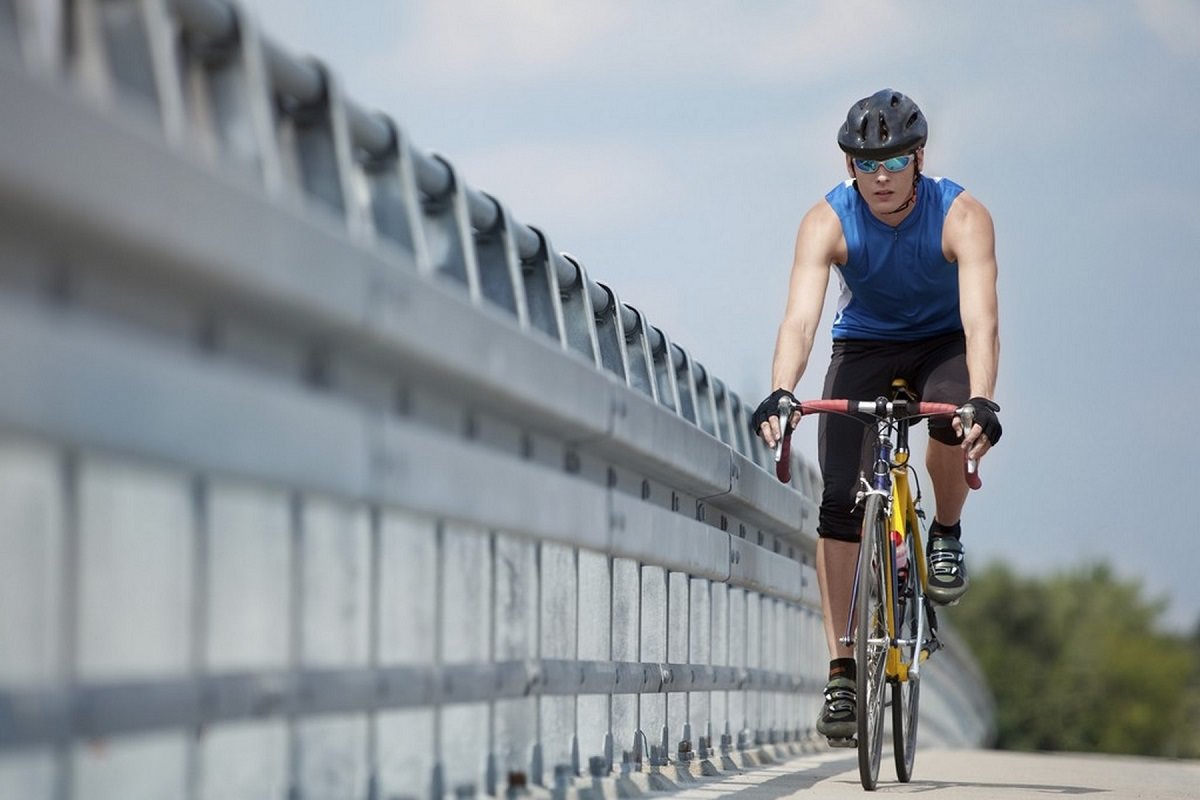
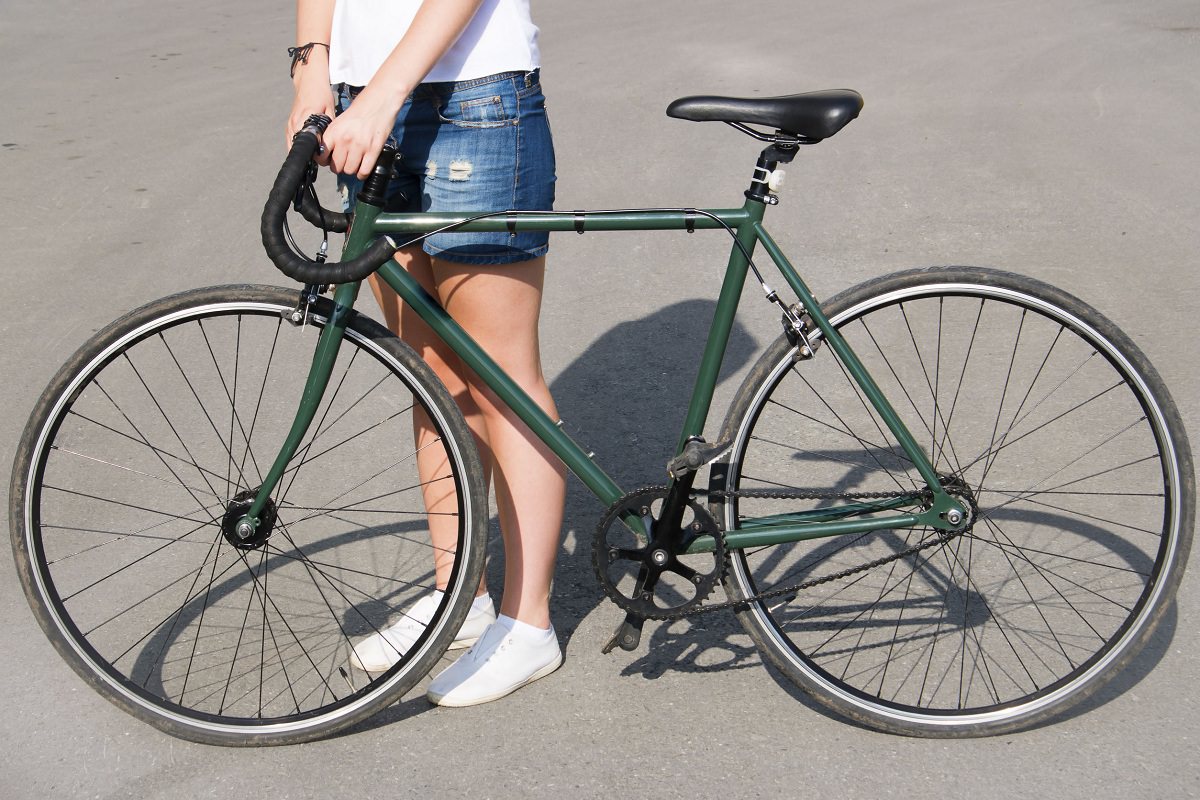
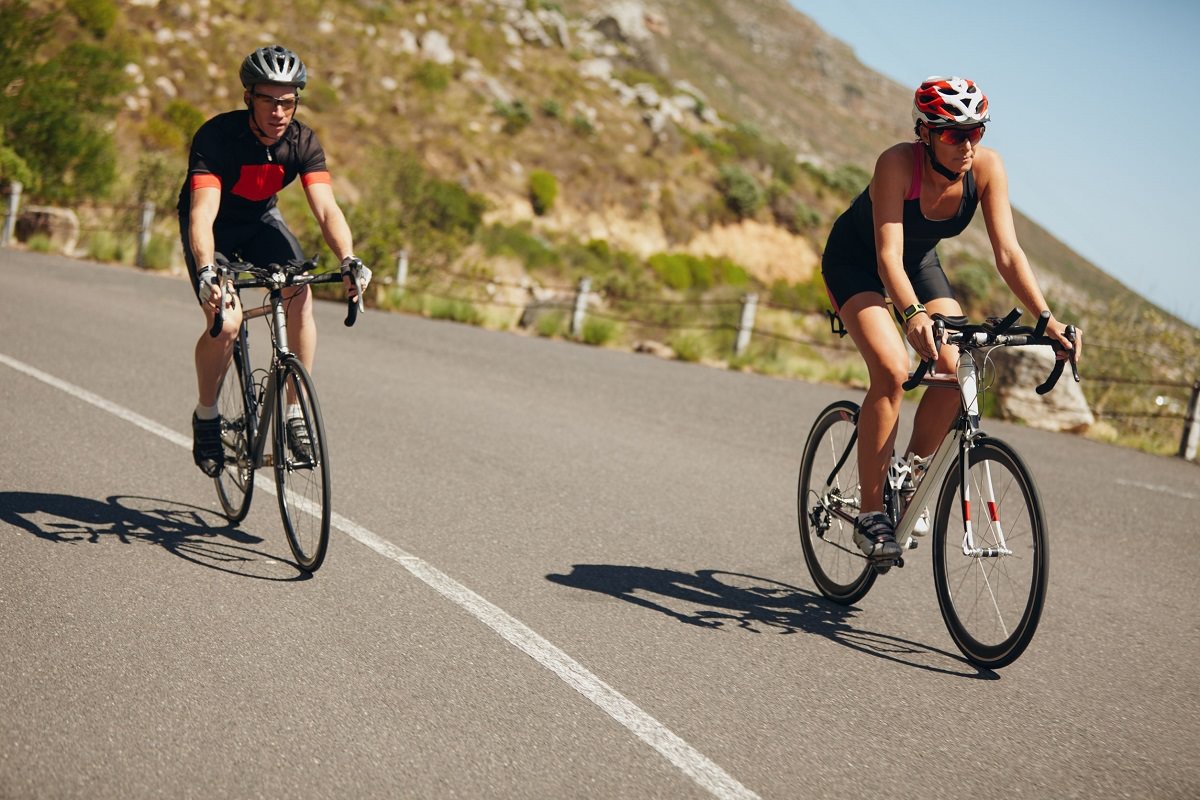
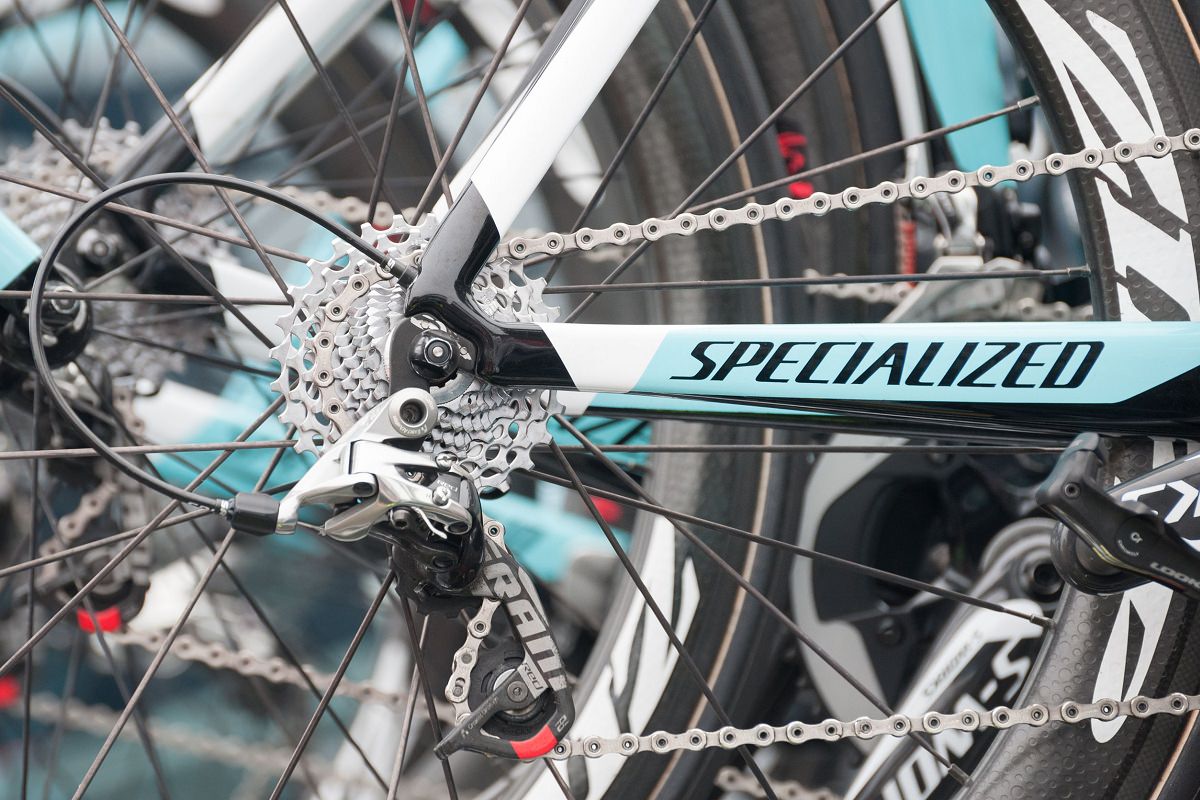
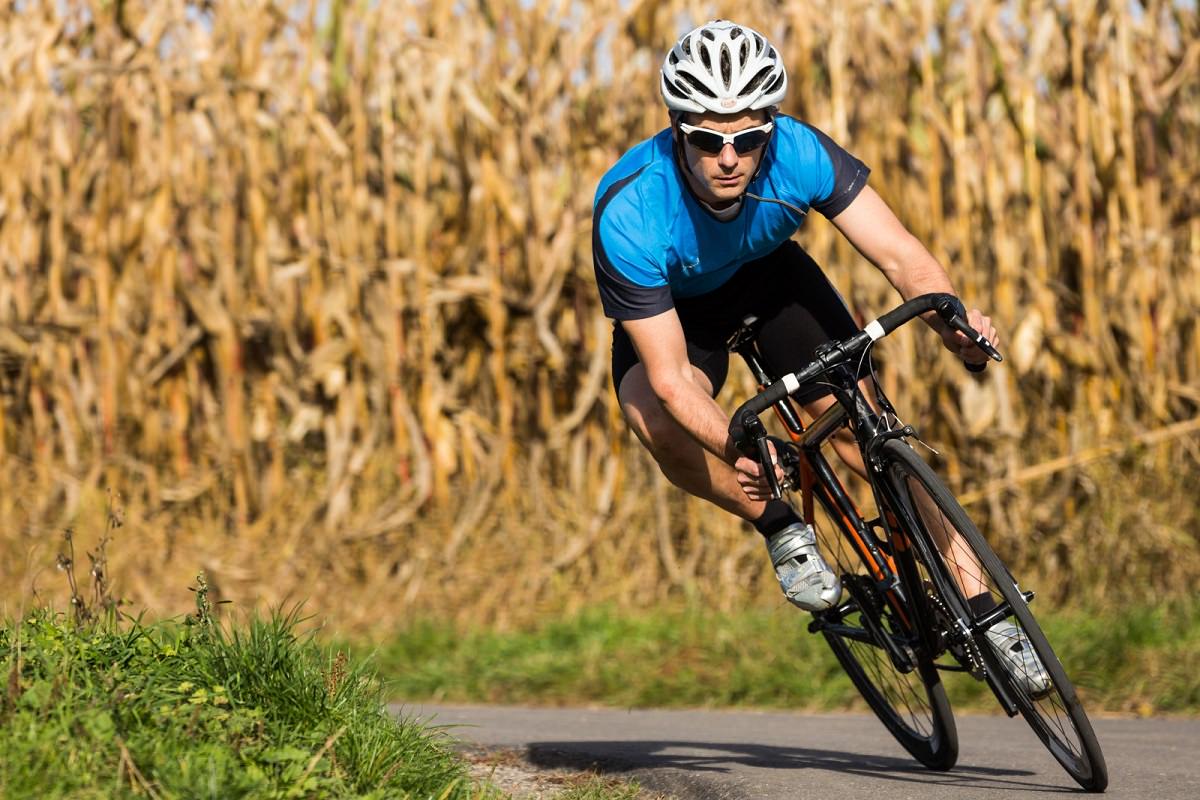
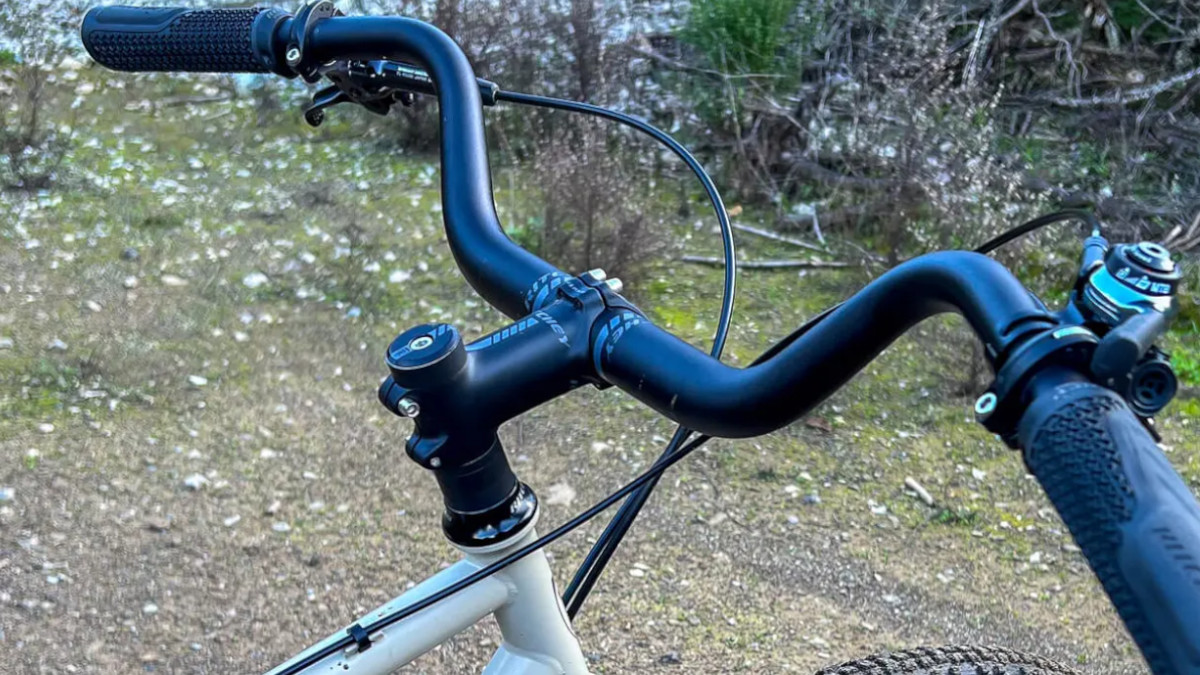
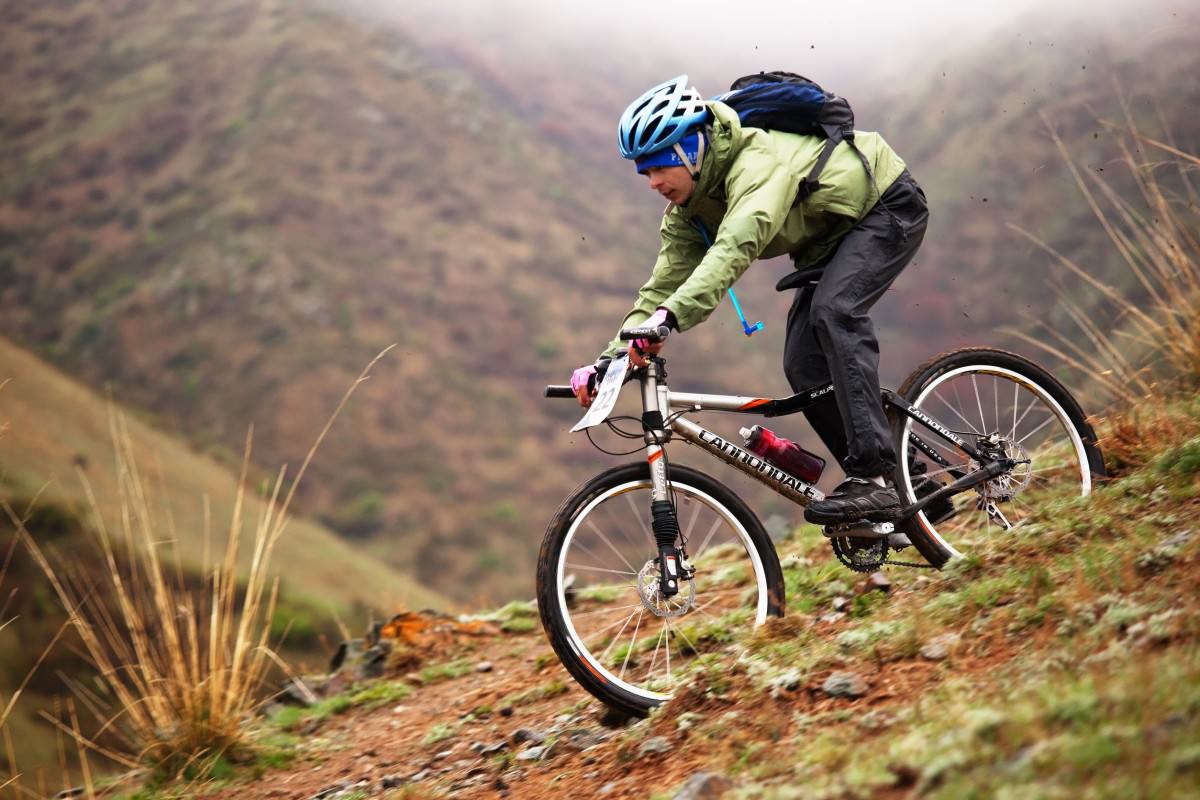
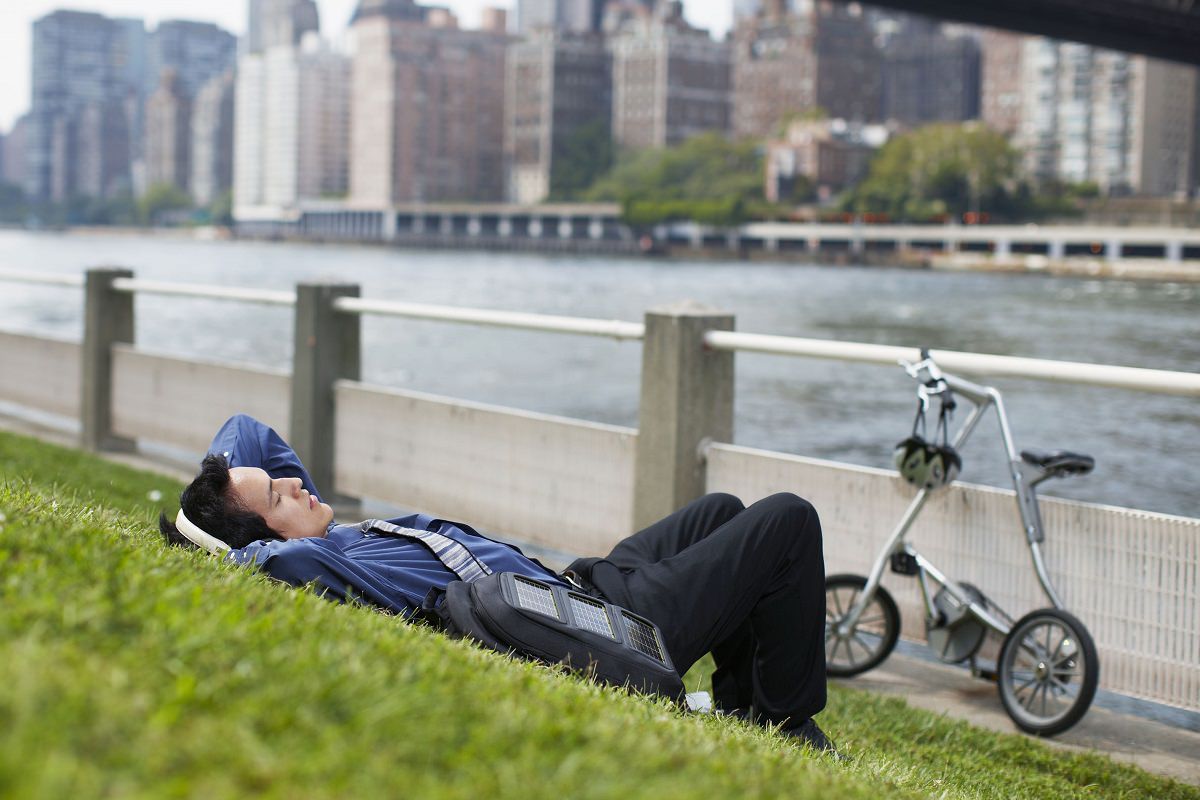
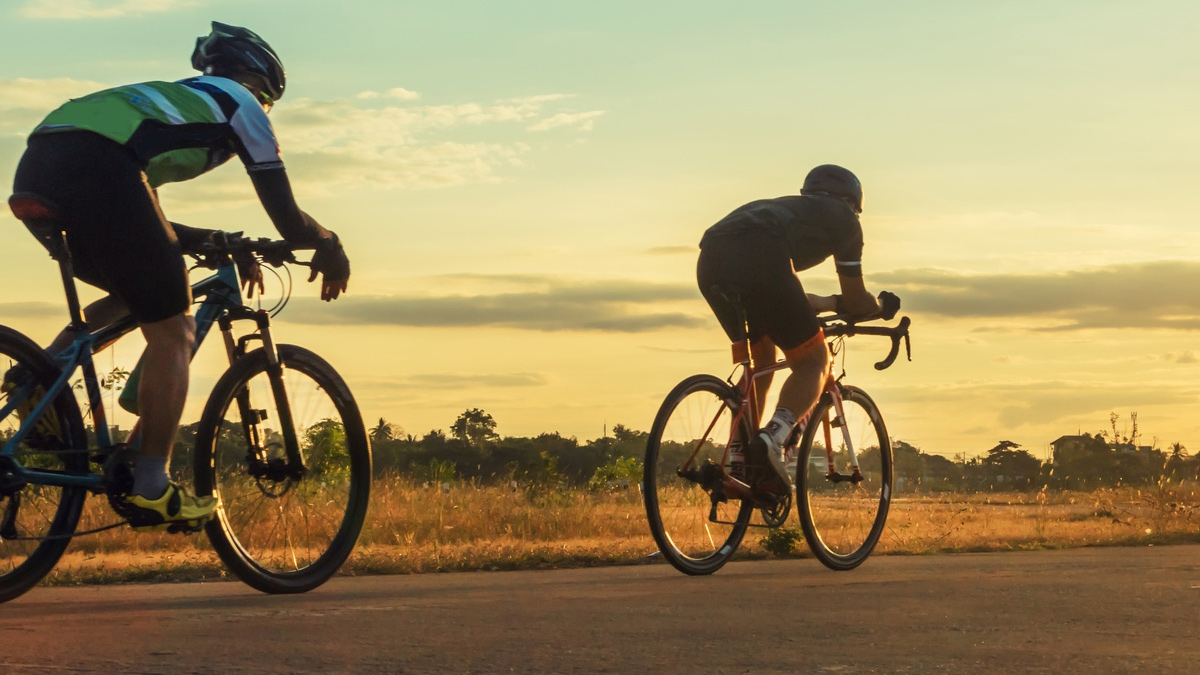
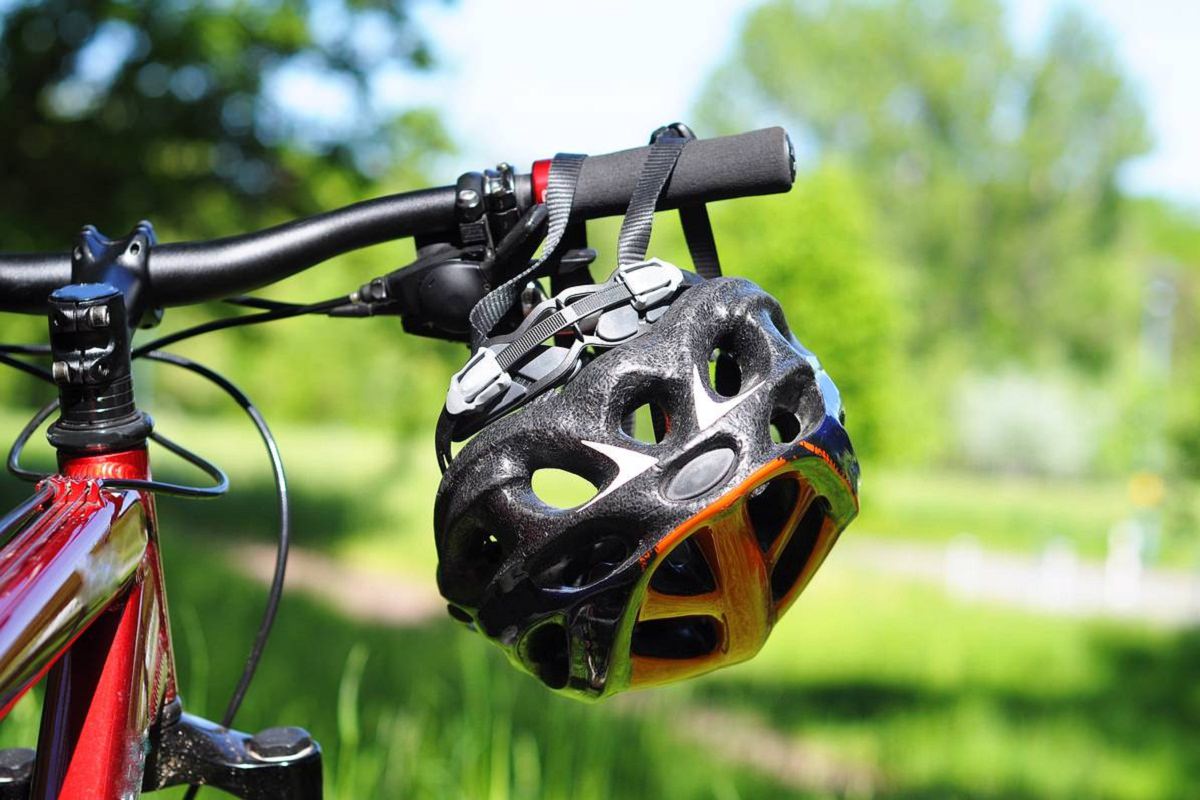
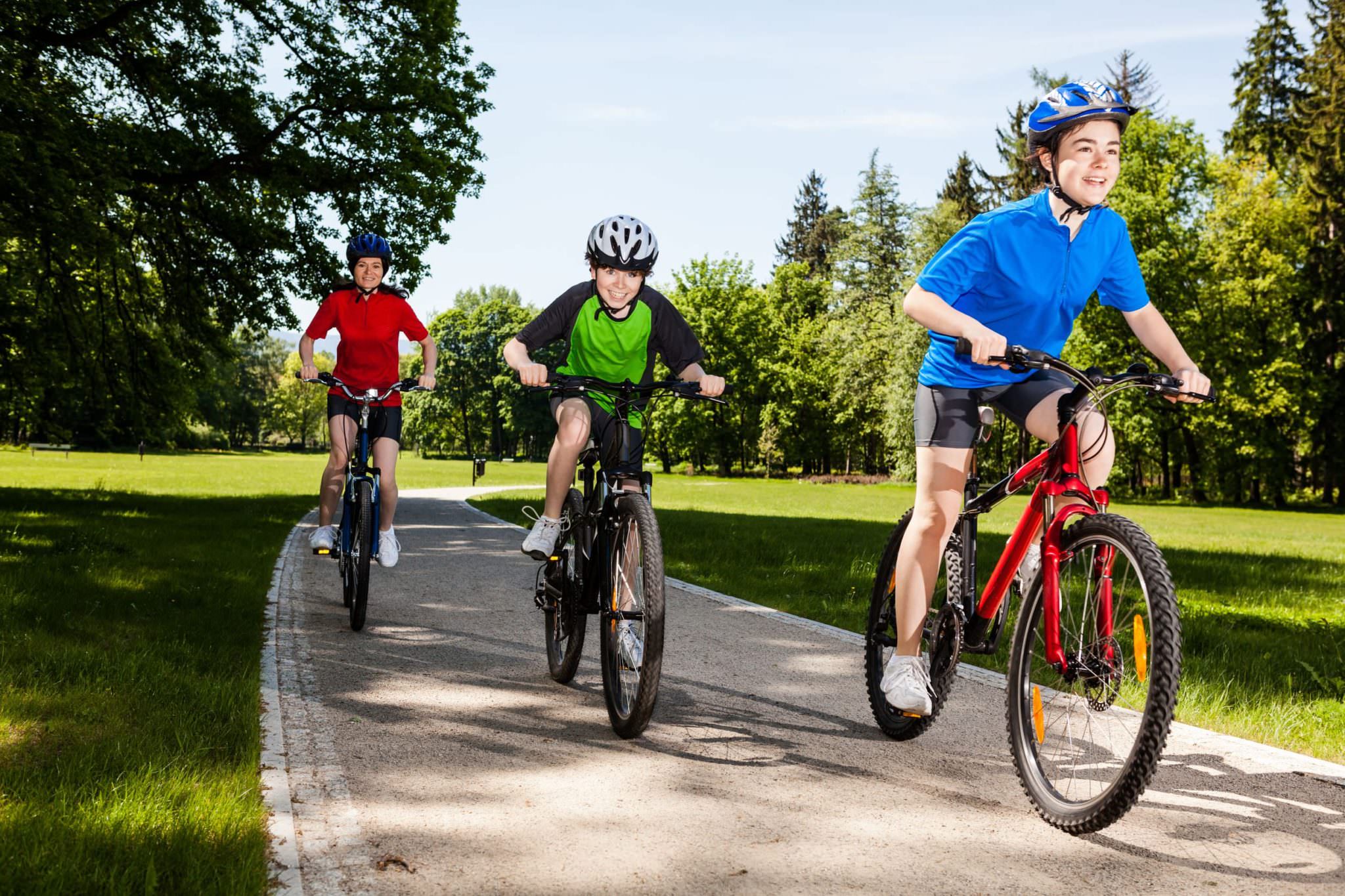
3 thoughts on “The Ultimate Guide To Buying a Used Road Bike”
MY wife and I have been thinking about getting a new bike for her, but we didn’t know how to choose her the right one. I really like that you say to look at the cable tension by squeezing the brakes and letting go. It would be nice to know that she will actually be able to stop the bike when she needs to.
How old is too old when going for a used bike?
I’m looking to get a road bike, for training and taking part in some triathlons. I’m not sure wether to use my budget (around 1k euro) to buy brand new, or buy something used, but a better model.
I’m currently looking at a BMC Team machine SLR01 – but it’s the 2010 model, i’m not sure if it’s worth getting something 2016/2017 instead?
GONDOLA UNITS Commence AS LOW AS $146.00 PER SECTION.